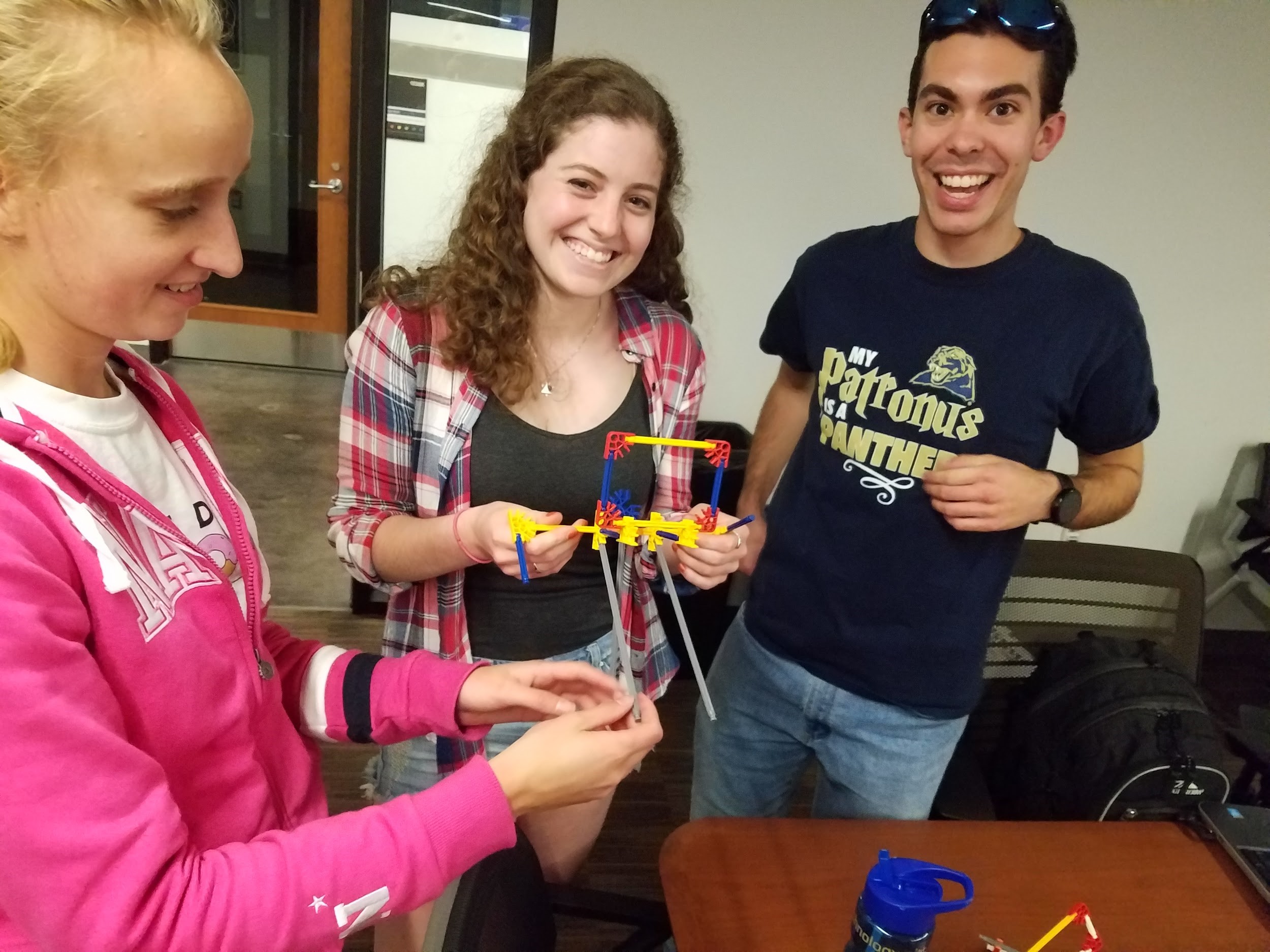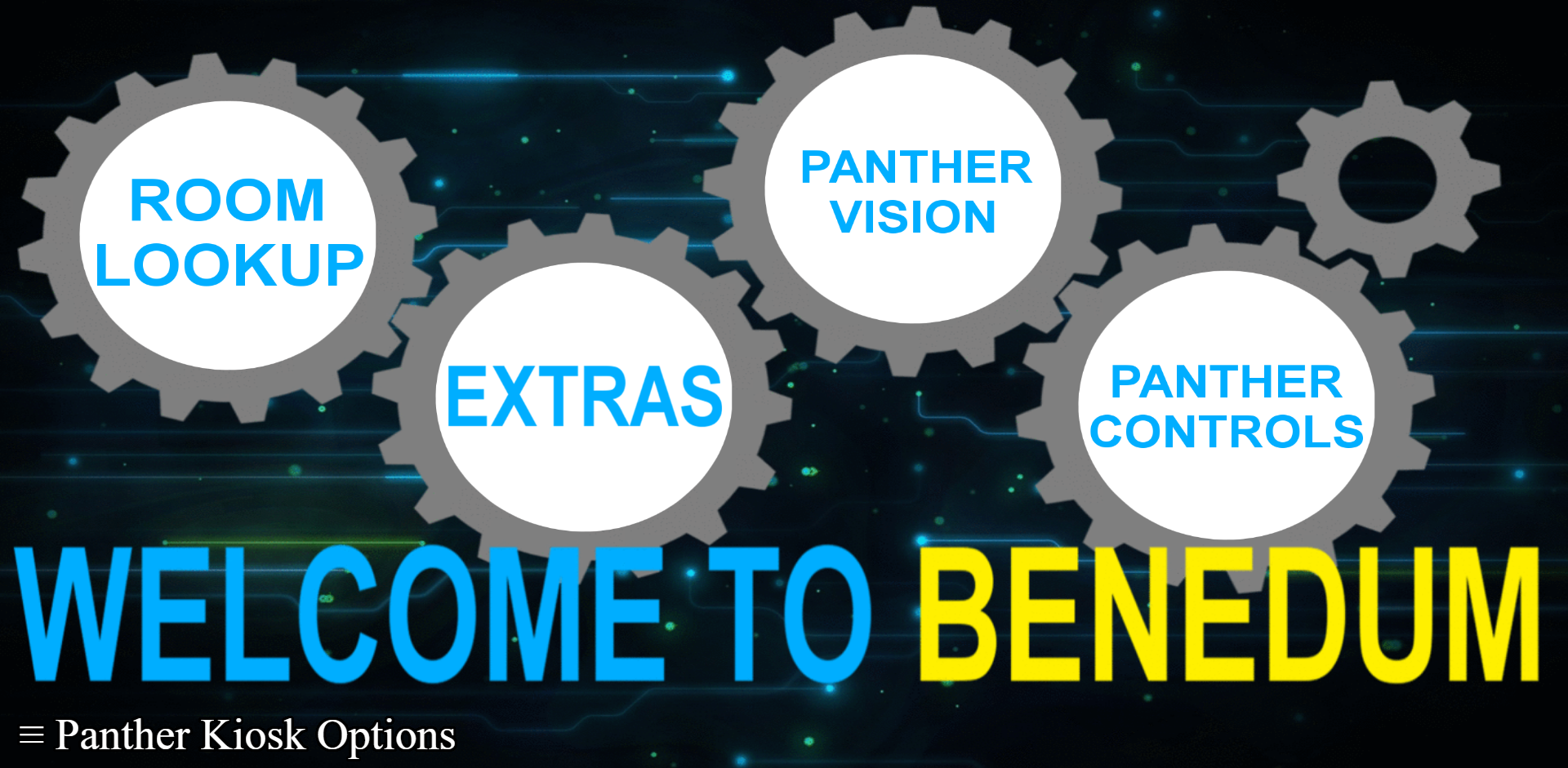Newsletter October 2016: Artbot
This past month, Artbot has accomplished as much as it did in an entire semester last year.
We realized that a major area to improve in was leadership and giving members interesting projects. Team members were entrusted with an integral aspect of the panther that they are 100% in charge of. All projects involve a combination of ME, COE, and EE principles. For example, one person was tasked with making the eyes of the panther. This includes CS for the camera’s software, EE for communications with the camera and motor control of eyelids, and the ME design work/fabrication for the eye assembly.
The projects are administered through Trello, a good ‘To Do’ list software. We have multiple boards, split up by the team’s needs. Additionally, we realized we cannot effectively delegate tasks to our members and contribute substantially to the project. Due to these facts, we assigned multiple people as chairs to lead sub-teams within the overall team. We delegate overarching goals to the chairs, who in turn work with the rest of the members for specific tasks to accomplish.
On the computer side of things, Artbot has made much progress in the logic of fluid motion control of our motors. We have developed a variety of functions for controlling linear actuators, and servos. We are able to control the exact position and variable speed of the motors; allowing us to create a fluid movement of the motor instead of just a constant speed applied to the device. This is more representative of movement obtained from an animal, and will lead to a more realistic version of our robotic panther. We are in the process of developing libraries for these motors that will ease our efforts in coding once we have the limbs constructed.
The arm, ear, and eye CAD models have been completed. The jaw is nearly complete. The head is projected to be fully prototyped within a month. The arm BOM is complete and is ready for fabrication. There is a team of three working on making neck prototypes
The user interface design for the touchscreen of the kiosk has also seen improvement. We have a sleek, engineering-centric design for the main menu with rotating cogs as buttons leading to separate areas of the kiosk, as can be seen below. The separate sections of the kiosk are currently being designed and implemented and will be detailed further in a subsequent newsletter.





